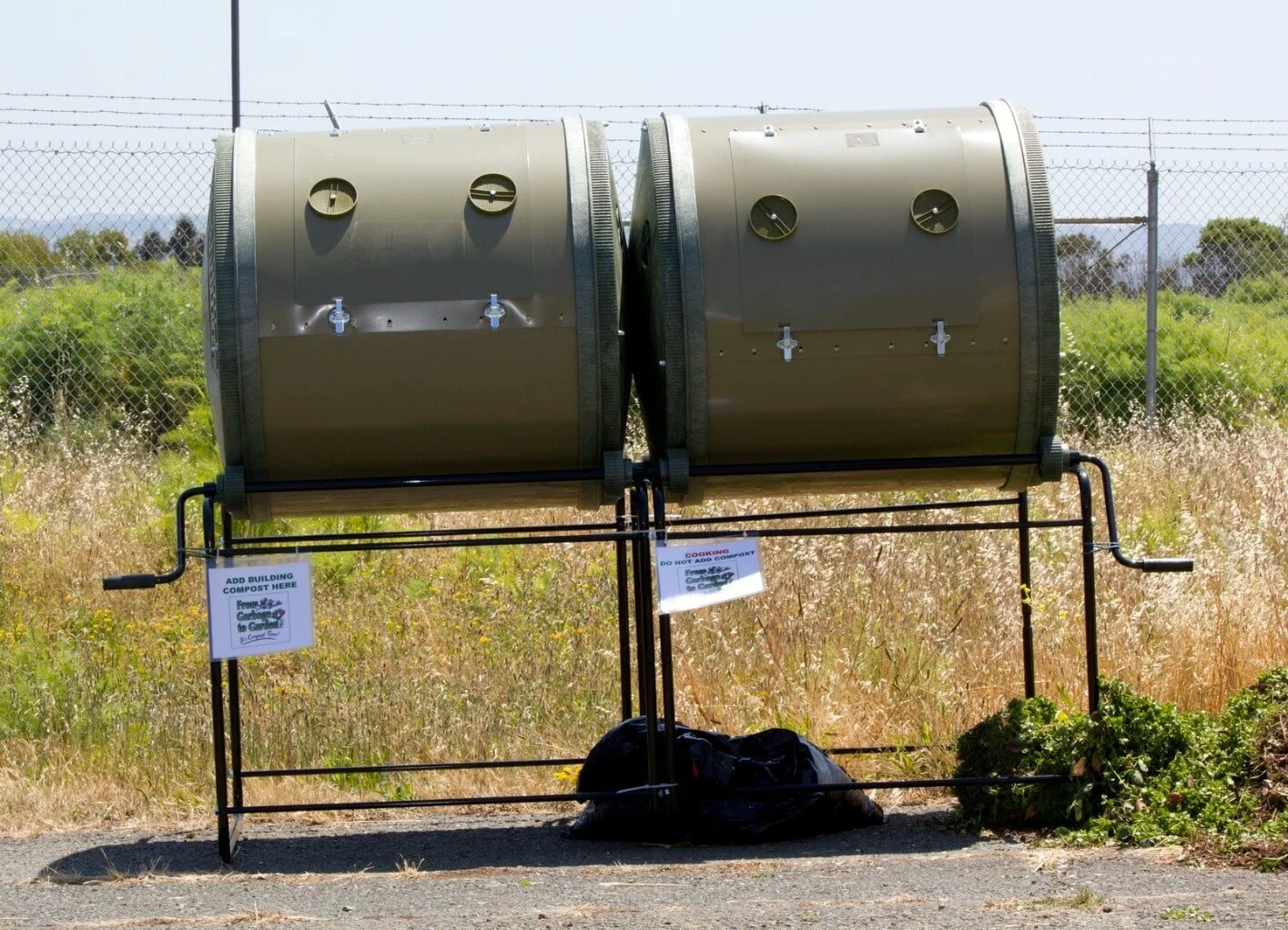Table of Contents
Container gardening is easier than you think. If you quite like the idea of getting started but feel daunted, these 5 simple steps are a great place to start.
As a container gardening junkie I'm excited to help you embark on this journey!
1. Location, Location, Location
No, you don't have to move house to start container gardening! What you need to think about, as your very first step before you've even purchased pots or plants, is where you're going to place your containers.
All plants need a certain amount of sun. Plants such as tomatoes and strawberries will need quite a lot. Most herbs can cope in more sheltered spots. Heathers can handle dull and exposed situations with aplomb thanks to their rugged mountain origins.
What space have you got? Just windowsills? Windowsills and a small balcony? A concrete yard outside? Sketch out a potential planting scheme on paper (or on the computer) before you spend any money. Consider what areas of sun, shade, or partial shade you can offer, and how many plants you can fit in each area without making it look crowded.
2. What Works With What You've Got?
So – you now know what areas of sun and shade you have to offer your potential new plants. Your next step is to hit the internet, or your local library – ideally both! - and research the best container plants for the amount of sun your space will get.
Be prepared for disappointments and compromises. Tomatoes and strawberries are very sun-loving and won't tolerate anything less. However, if you have large enough windowsills, you may be able to get around a cool and shady outside space by growing your soft fruits inside.
Just make sure you turn their containers regularly, and water them sufficiently (but not too much.)
3: What Do You Want?
Why are you going into container gardening? Are you more interested in flowers or food? If it's the latter, what kind of meals do you typically cook? What vegetables and herbs would best enhance those dishes?
If you're going for flowers, think about what scents you like, as well as what is attractive to butterflies, bees, and small insects. Nature gives us a lot – the least we can do is give back.
Also, bear in mind any plants that trigger seasonal allergies for you. My hayfever is set off by lavender, so I keep that to a single, small area of planting. (I keep that container away from my windows and laundry area to avoid being reduced to a sneezing, streaming mess.)
4: What's Your Budget?
Believe me, it is incredibly easy to get carried away buying plants and cute, quirky containers! Make sure you know what you can realistically afford. Factor in things like compost, bark, and gravel, as well as your containers and plants.
Consider looking for unusual containers second hand. Ask friends with established gardens for cuttings of their plants if you need an affordable way to get started.
Broken cups and mugs can make great planters for heather. Just add a thin layer of gravel or bark before you put in your compost to help with drainage.
5: Can You Commit?
Plants need water. Some plants, such as tomatoes and strawberries, need a lot of water. However, you also can't risk giving your plants too much water: it is entirely possible, and easier than you might think, to drown plants.
If you can't be around regularly to ensure your plants are kept suitably hydrated – perhaps because you work away from home part of the week – consider opting for plants that could handle a drip feed with water and other nutrients, rather than H2O-intensive options.
If you're considering putting containers on top of fences, ask yourself how easy it will be to water them. They might look great from that height but do you have the ability to lift a watering can or jug? If not, place your containers within easy reach as water-filled containers can be pretty heavy.
Buy, Buy, Buy!
So, you've gone through your five steps. You know what will suit your space, what you're going to get, where you're going to put it, and what you hope to do with it.
Now comes the fun part.
Now, you go SHOPPING!
There are a wide variety of pots and containers both online and in dedicated garden centres. You'll surely find something to suit every budget and any style. However, you may prefer to re-purpose old or broken crockery as small planters for succulents, heathers, and even some herbs. One of my favorite options is checking out thrift stores, flea markets, or from independent craftspeople. It's sort of like treasure hunting and it lets me express my own style.
When it comes to plants, if getting cuttings or seedlings from friends and family isn't an option – it wasn't for me – look out for market stalls selling established plants. You can also find packets of seeds in the gardening department of many home bargain stores.
Market stall nurseries are good for the absolute beginner. Their plants are often semi-established and the stallholders will usually be able to answer any questions you might have about where best to site your plants, how often to water them, and other beginner questions.














